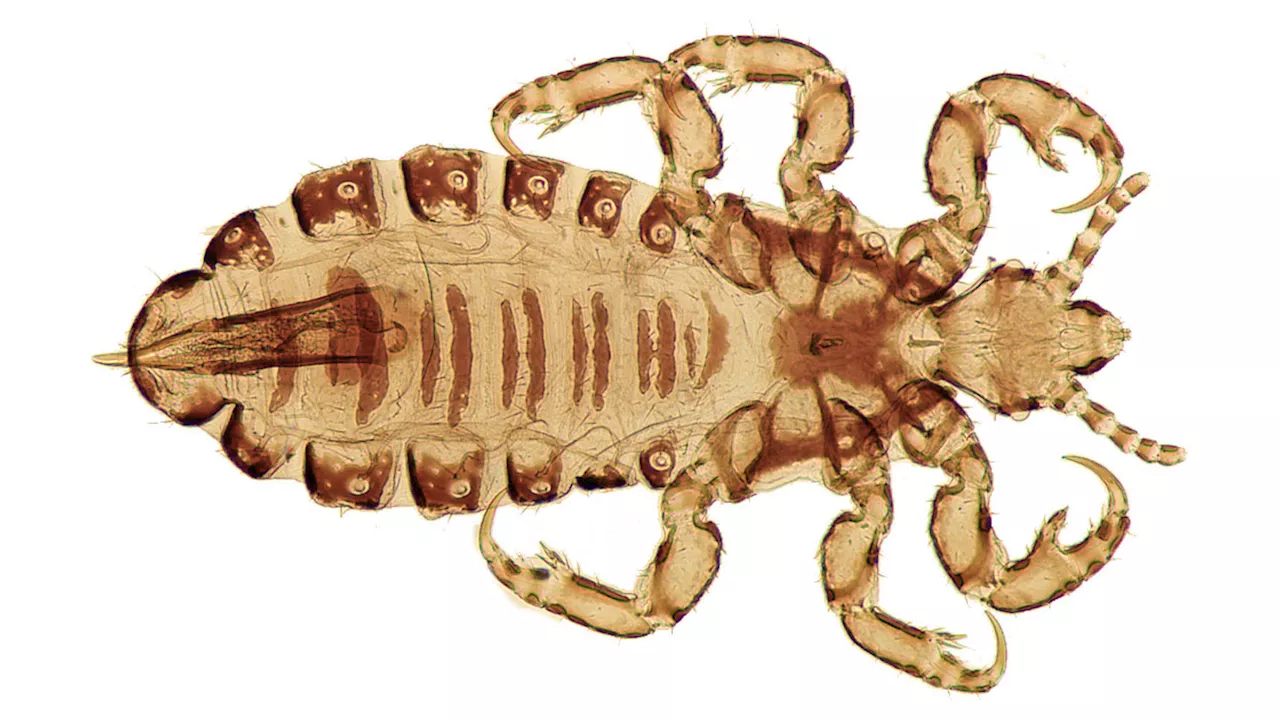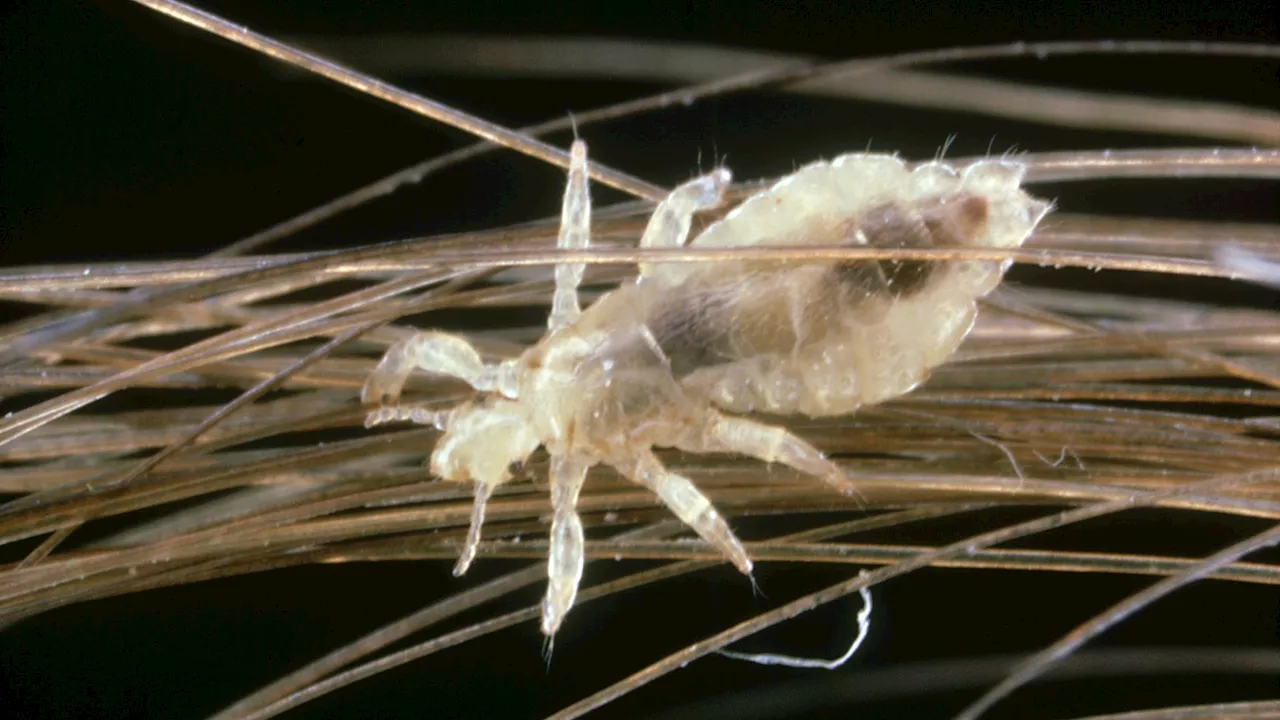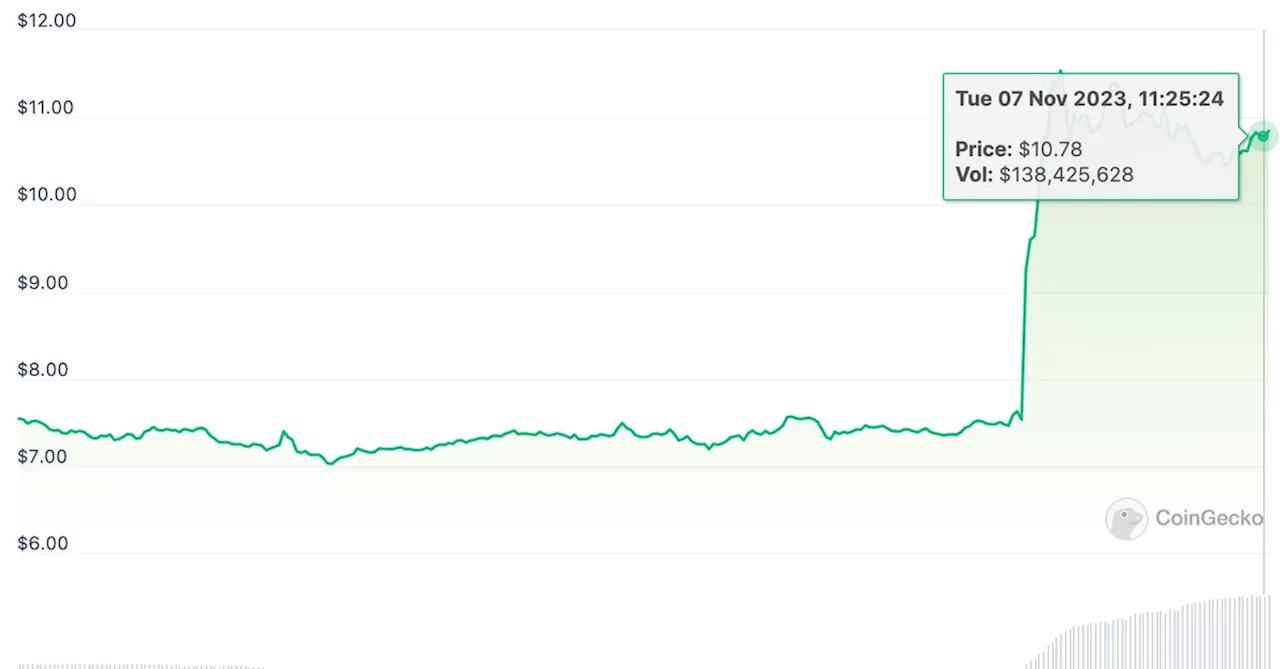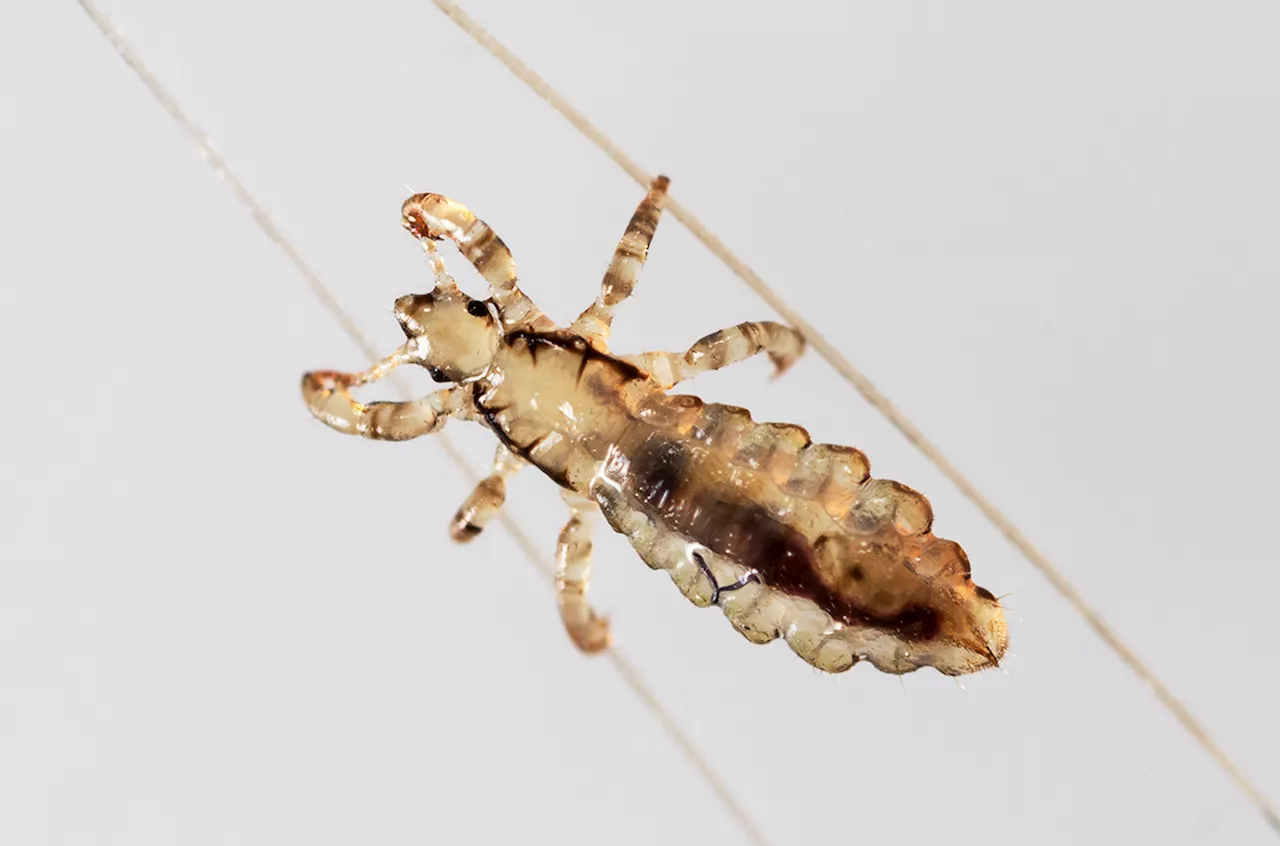Genetics of head lice could offer a new avenue for exploring human migration and mixing
When it comes to investigating the human story, scientists tend to focus on clues in our ancestors’ bones and artifacts. The tiny, bloodsucking parasites that infest our scalps? Not so much. Butsuggests the genetics of head lice can shed light on when and where groups of humans split and came together in the past.
In the past, scientists have shown that the global distribution of lice strains mirrors past and contemporary population movements, and they have done similar studies with. As a postdoc in the lab of University of Florida geneticist David Reed investigating the genetic relationships between mammals and their parasites, Ascunce wondered whether lice could offer even more detail about our history.
Another cluster linked lice from the Americas and Europe. Based on how quickly the lice reproduce and accumulate the genetic mutations that lead to microsatellites, the researchers could estimate when the lice of Indigenous Americans might have hybridized with European lice. The most likely answer, they found, was about 500 years ago—during the time of European colonization. “I see this as a proof of concept that human lice are good markers for human evolution and migration,” Ascunce says.
United States Latest News, United States Headlines
Similar News:You can also read news stories similar to this one that we have collected from other news sources.
 Genetic analysis shows head lice evolution mirrors human migration and colonization in the AmericasA new analysis of lice genetic diversity suggests that lice came to the Americas twice—once during the first wave of human migration across the Bering Strait, and again during European colonization. Marina Ascunce, currently at the USDA-ARS, and colleagues, report these findings in a study published in the journal PLOS ONE.
Genetic analysis shows head lice evolution mirrors human migration and colonization in the AmericasA new analysis of lice genetic diversity suggests that lice came to the Americas twice—once during the first wave of human migration across the Bering Strait, and again during European colonization. Marina Ascunce, currently at the USDA-ARS, and colleagues, report these findings in a study published in the journal PLOS ONE.
Read more »
 Head lice hitched a ride on humans to the Americas at least twiceThe genes of head lice record the story of their human hosts’ global voyages.
Head lice hitched a ride on humans to the Americas at least twiceThe genes of head lice record the story of their human hosts’ global voyages.
Read more »
 What head lice can tell us about human migrationLaura is a science news writer, covering a wide variety of subjects, but she is particularly fascinated by all things aquatic, paleontology, nanotechnology, and exploring how science influences daily life. Laura is a proud former resident of the New Jersey shore, a competitive swimmer, and a fierce defender of the Oxford comma.
What head lice can tell us about human migrationLaura is a science news writer, covering a wide variety of subjects, but she is particularly fascinated by all things aquatic, paleontology, nanotechnology, and exploring how science influences daily life. Laura is a proud former resident of the New Jersey shore, a competitive swimmer, and a fierce defender of the Oxford comma.
Read more »
 Elon Musk Loves The Hitchhiker’s Guide to the Galaxy. Um, Has He Read It?He’s created a chatbot about life, the universe, and jokes about pubic lice.
Elon Musk Loves The Hitchhiker’s Guide to the Galaxy. Um, Has He Read It?He’s created a chatbot about life, the universe, and jokes about pubic lice.
Read more »
 First Mover Americas: Bitcoin Ordinals Protocol Token Jumps 50%Lyllah Ledesma is a CoinDesk Markets reporter currently based in Europe. She holds bitcoin, ether and small amounts of other crypto assets.
First Mover Americas: Bitcoin Ordinals Protocol Token Jumps 50%Lyllah Ledesma is a CoinDesk Markets reporter currently based in Europe. She holds bitcoin, ether and small amounts of other crypto assets.
Read more »
 First Mover Americas: Binance Unveils Self-Custody WalletJamie Crawley is a CoinDesk news reporter based in London.
First Mover Americas: Binance Unveils Self-Custody WalletJamie Crawley is a CoinDesk news reporter based in London.
Read more »
